


This church belonged to a community of Augustinian Hermits.
The Augustinians had settled at Sant’ Alo in 1252 and moved to SS Siro e Bartolomeo in 1254. In 1287, Bishop Tommaso , who was a member of their Order, gave them a parish church on this site, and they built a new church and convent. Three coats of arms of the Rustici family on the walls suggest that they financed at least part of the present structure. The Augustinians extended the adjacent convent and re-modeled and extended the church in 1315.
The Augustinian community was suppressed after the unification of Italy.
The church was damaged in the earthquake of 1703 and again the bombing of the Second World War.
Exterior
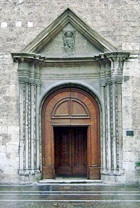
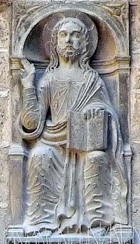
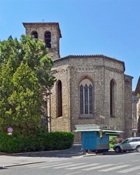
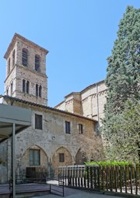
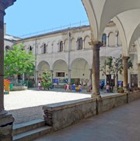
Interior
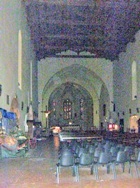
The church was originally in the form of a large nave and rectangular presbytery, similar to the plan of Sant’ Agostino, Narni. However, in the late 15th century, Stefano Manassei left money in his will for the rebuilding of the presbytery in its current polygonal form.
The frescoes (late 14th and early 15th centuries) in the nave came to light in the restoration after the bombing of the Second World War.
St Francis (14th century)
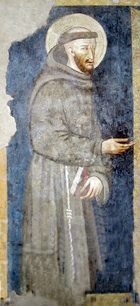
Coronation and Dormition of the Virgin (ca. 1400)
The remains of these frescoes are in the 1st niche on the left.
-
✴Only the lower part of the Coronation of the Virgin survives.
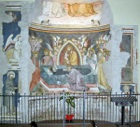
-
✴The Dormition of the Virgin is the autograph work of the so-called Maestro della Dormitio di Terni.
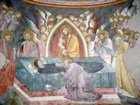
St Antony Abbot (14th century)
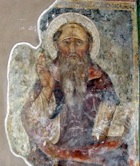
Courtly scene (15th century)
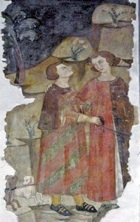
Madonna and child with saints (15th century)
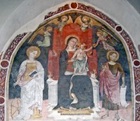
Monument to Stefano Manassei (1480)
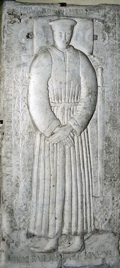
Madonna and child with saints (15th century)
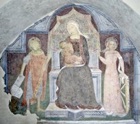
Standing angel (14th century)
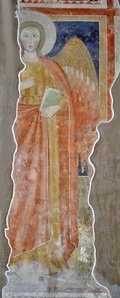
Scenes from the life of St Stephen (15th century)
These frescoes in the 1st niche on the right depict:
-
✴the stoning of St Stephen; and

-
✴the funeral of St Stephen.
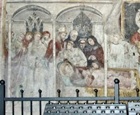
Madonna and Child with saints (15th century)
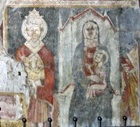
Madonna di Loreto (16th century)

Frescoes on the counter-façade (14th century)
These depict:
-
✴St Antony Abbot, to the left of the entrance ; and
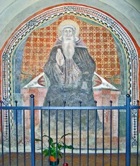
-
✴the Madonna and Child, to the right of the entrance.
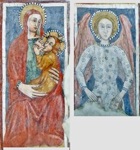
-
✴the Madonna and Child (above); and
-
✴an angel making peace between two nobles (below).

